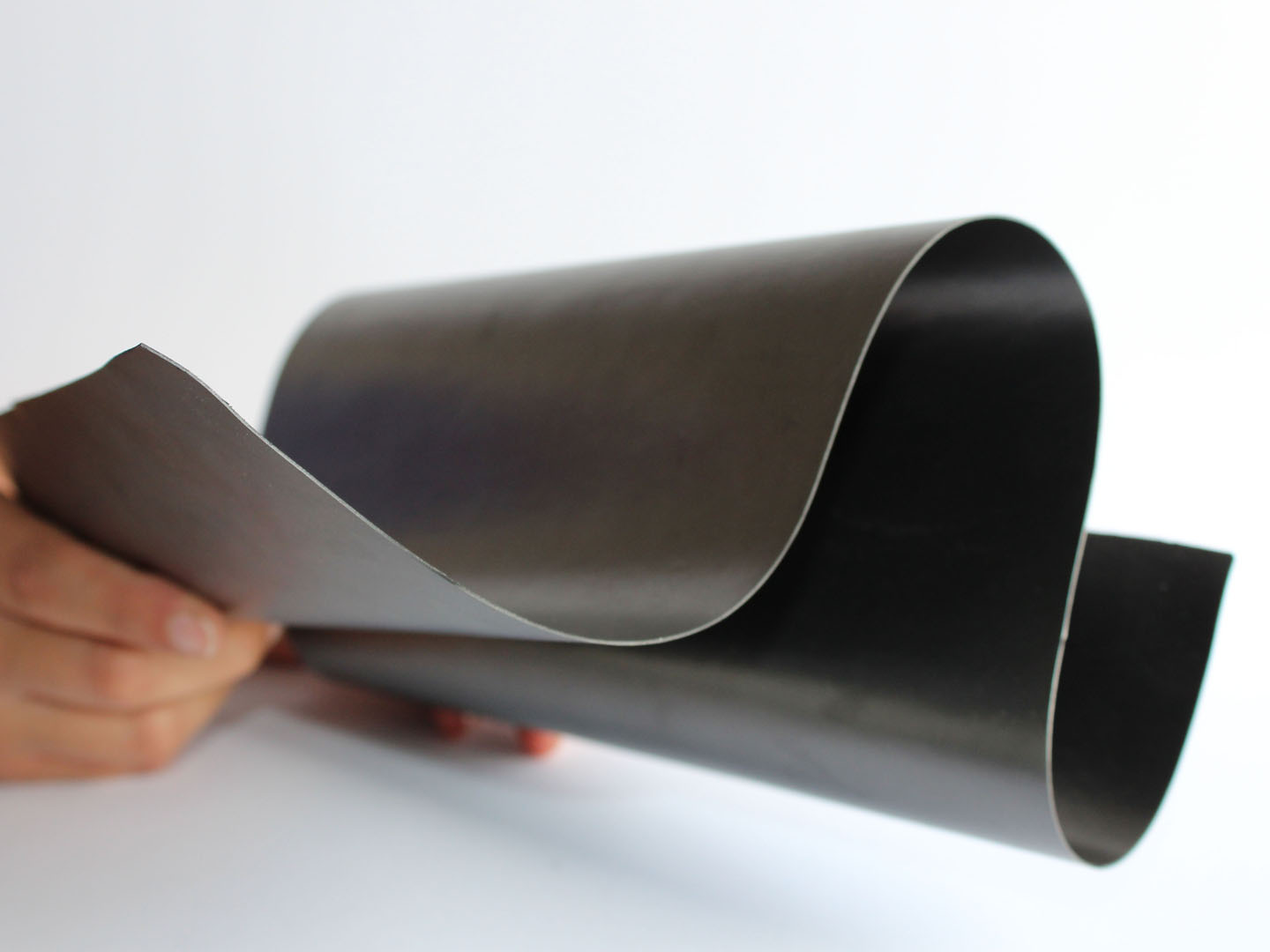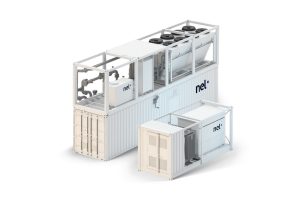The focus of their investigation was a new carbon-based bipolar plate developed and patented by Fraunhofer UMSICHT. It consists of a thermoplastic polymer-bonded carbon matrix with conductive additives such as carbon black and is produced using a powder-to-roll process. This material and production method enable continuous manufacturing of an easily processed and welded bipolar plate, already commercially used in redox flow batteries.
The researchers subjected this carbon-based bipolar plate and a titanium bipolar plate to comprehensive ex-situ and in-situ tests. The ex-situ tests included electrochemical corrosion studies, scanning electron microscope analysis, and weight loss measurement to assess real-world suitability and parameter choices. During in-situ tests, the plates underwent accelerated aging tests with alternating current densities between 1 and 3 A cm⁻² for over 500 hours.
The scientists have published their results under the title ‘Bipolar Plates in PEM Water Electrolysis: Bust or Must?’ in the journal ‘Advanced Energy Materials’. In essence, they have discovered that the carbon-based bipolar plate has an ageing rate in the low µV h⁻¹ range and thus shows promising performance. This means that it can certainly compete with titanium bipolar plates and represents a much more cost-effective alternative. Another advantage: due to its material properties such as weldability, it enables completely new designs for PEM electrolysers. The potential to replace titanium bipolar plates in the PEM electrolysis stack and make electrolysis scalable at the same time is therefore definitely there. The task now is to further investigate and, if necessary, optimize the new material in order to further reduce the costs of electrolysis and thus make the production of green hydrogen more economical.






